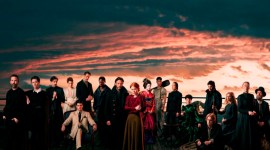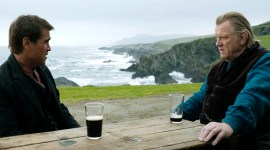
Virtual Production is Great But it Doesn’t Beat the Real Thing
The English episodic is a cinematic homage to the Spaghetti Westerns of the late last century. It also posits how the cinematographers of that era might now film them using modern technology.
The show’s cinematographer Arnau Valls Colomer had a time problem in shooting The English. He had 90 days to shoot six one-hour episodes of this American land-rush drama. He was also playing with an idea to skew the western aesthetic and move away from the wild west, the big skies, the solitude, and the wilderness. Luckily he changed his mind.
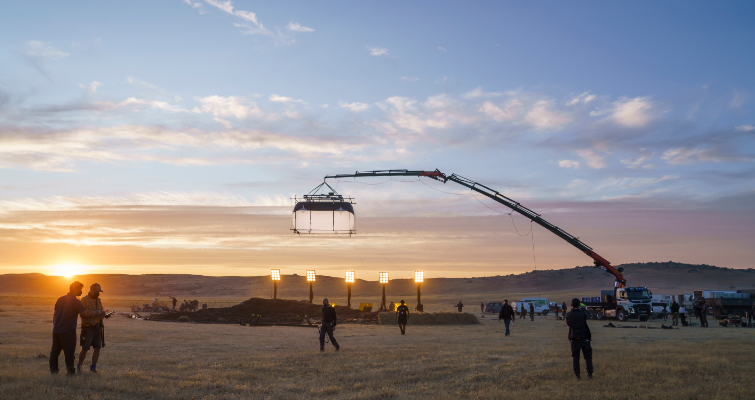
The Western Genre – an appreciation
Arnau not only dismissed the idea of a reinvention of the Western genre, but he also went full tilt into an appreciation of it and past treatments, one in particular. The English tell the story of the Europeans who joined the land grab of the 1800s in states like Oklahoma, Nebraska, and Wyoming – ‘English’ became a collective term for the many who sought this new land – the Native Americans called them ‘locusts.’
Emily Blunt plays an English Lady on a mission to find her son’s killer. She meets Chaske Spencer, an Indian scout looking to secure the few acres of land the American army promised him after his service. But the time was full of dangers and general lawlessness, including the continued violent depopulation of the American Indian.
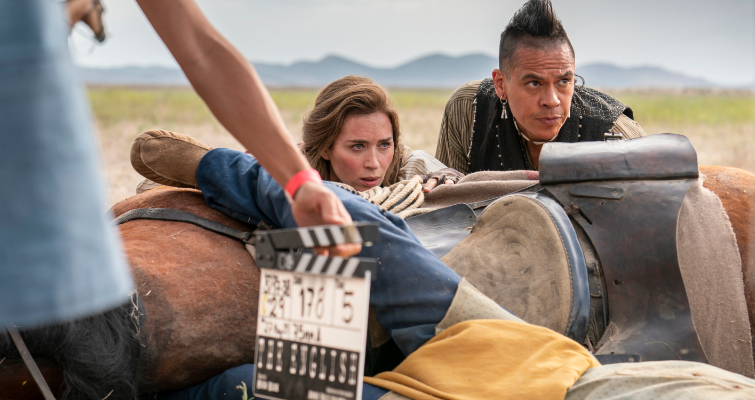
Because of production and Pandemic reasons, Spain would substitute for the US but not the southern part of the country where the Spaghetti westerns were made but further north to duplicate the mid-west and the charting of the main character’s journey north. Spanish native Arnau knew that his country’s seasons and western and northern areas could complete the pretense.
“Where we shot was not so much the area of the Spaghetti Western. Our story happens between New Orleans and Nebraska, and after reading the script, I wondered how we would do it in Spain. The mid-west of America is so vast it seemed impossible to replicate it.
“But we decided to do it in Castilla-La Mancha where it was more like the south mid-west and more yellowy and flat. We then moved further north to Castile and León, where it’s more rocky and green with more mountain areas.”
The production added more digital mountains to complete the picture, and Arnau used silhouettes and framing techniques to hide the join. They cleverly knitted together landscapes to move the story on.
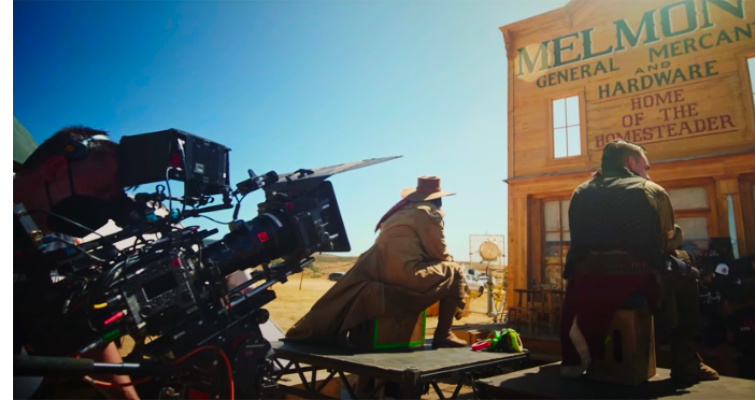
But why not use Virtual Production techniques to dial in these landscapes as they would be digital assets stored on local workstations? The new technology wasn’t for them; however, the ‘volume’ of screens was never considered for The English. Luckily, Spain, as Arnau discovered, had locations that were largely without buildings as the old American mid-west was back in the late 1800s; the space was easy to sell to the viewers, and any builds could be done relatively easily.
Vintage lenses
But how was Arnau going to imitate while improving the cinematography of the Sergio Leone and Clint Eastwood era?
The key for him was to decide early how his cameras would move; he had three Sony Venice cameras married to large anamorphic lenses. A fast-moving camera design would perhaps not take in the landscape and linger on the views and the important relationship between the leads. A static camera would allow for both and also for the script to breathe. But more importantly, a static camera increased the speed of the set-ups vital to keeping to that schedule of six hours in 90 days.
A static camera would also act as a witness to the action, not chasing or following, but there was another advantage for Arnau. A camera that didn’t move around too much allowed him to use some old but heavy lenses, especially some big anamorphic Panavision lenses from the 1980s. He was then helping to recreate that look with an ingredient that could have been in the original films, the glass.
These lenses also produced beautiful flares and bokeh but with some unusual focus breathing effects, which changed the shape of the bokeh depending on where the focus is. With such a set-up and a Sony Venice digital camera shooting Super 35mm 4K, Arnau produced stunning images on view, with some of the classic Western tropes like silhouettes, long shadows, and breathtaking widescreen scenery.
Modern production methods also helped when he needed to shoot night scenes. A night scene 40 years ago in the deserts of southern Spain would need a studio and a painted backdrop. Trying and shoot them for real would result in pitch blackness, and any light would disappear. But Arnau again mixed old and new methodology and shot the scenes in a studio so he could control the light but then composited the background from a day-for-night scene shot on location.
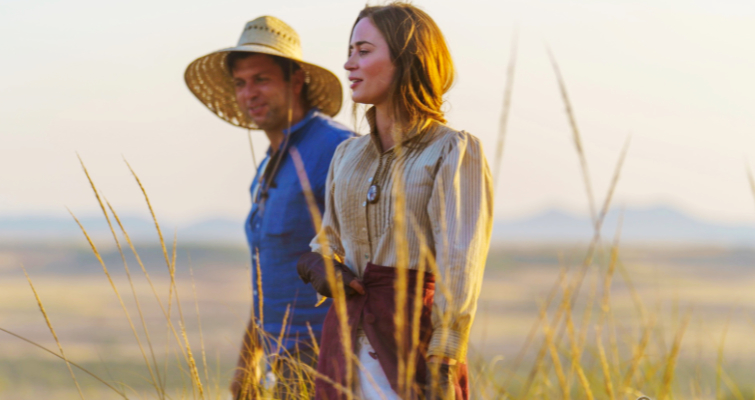
Aiming for the Technicolor Look
This homage to the old Westerns and this tribute to their look of them took Arnau into the grade where he decided to concentrate on the color of the skies and the skin and not use techniques like masking that wouldn’t have been available back in the day.
He was trying to find a balance between the old-fashioned Technicolor style and the new image. Once he had found that the process became simpler, “We were just looking at the primary colors with density and contrast and not going too deep, keeping it simple.”
As brilliant and technically impressive as virtual production is, using it for a cinematic western genre is perhaps missing the point. It has its place in every situation, some cityscape backdrops in The Batman, driving plates in Station 11, and balcony scenes in a rom-com, for example. Its original use in The Mandalorian was in peak Covid days, and the landscape was alien, so it needed deep treatments and live VFX.
The big Virtual Production shows like 1899 will gain the plaudits, but the majority of uses of the ‘volume’ will be for lesser shows and lesser reasons; that’s where the significant growth will be.
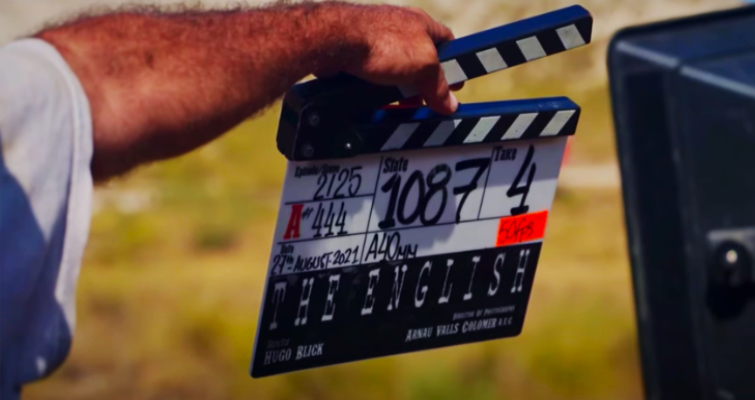
For more on virtual production



